
Artist and naturalist Obi Kaufmann heeds the call of the wild in California.
Written by Jenn Thornton
Obi Kaufman describes himself as, first and forever, a painter. But in truth he’s a bit of a polymath. A poet, a wilderness advocate, a thoroughly interesting conversationalist, a reader with 12 books by his reading chair at present. He has combined his love of art and science into a richly illustrated collection of works about the natural history of his native California, a great deal of which he has explored on foot, with artist tools in tow, and a John Muir-level talent for observation and reflection.
Exploratory by nature, Kaufmann comes from intellectually curious stock. His father was an astrophysicist who served as the director of the famed Griffith Observatory and authored many textbooks; his mother a clinical psychologist. Kaufmann himself grew up steeped in hard science and mathematics. “Every night after school there was a big calculus book in front of my face,” he remembers. His other great teacher: Mother Nature. “I grew up on Mount Diablo,” says Kaufmann of the mountain in the East Bay of northern California, where his family eventually settled. “It is my home mountain and my mountain home. I feel at home in no other place more acutely than I do on Mount Diablo.” He knows it like the back of his hand, can rattle off its rare species and give a solid tutorial on its wildflowers alone. (“I’m a wildflower guy,” he says, too off-handedly for someone who could give a masterclass in the state’s flora and fauna.) Later, as a student at the University of California Santa Barbara, Kaufmann “spent most of my days skipping classes and going into the San Ynez mountains to backpack.”
Kaufmann eventually joined the world of art galleries and shows. But the call of the wild was strong and he left it behind for what has become his wilderness years—a stunningly prolific period in Kaufmann’s case. “It wasn’t until I gave my art to something larger than myself that I love more than all other things—the natural world of California—did I finally find this modicum of success that I’m enjoying right now, which is the secret desire all young painters,” he says.
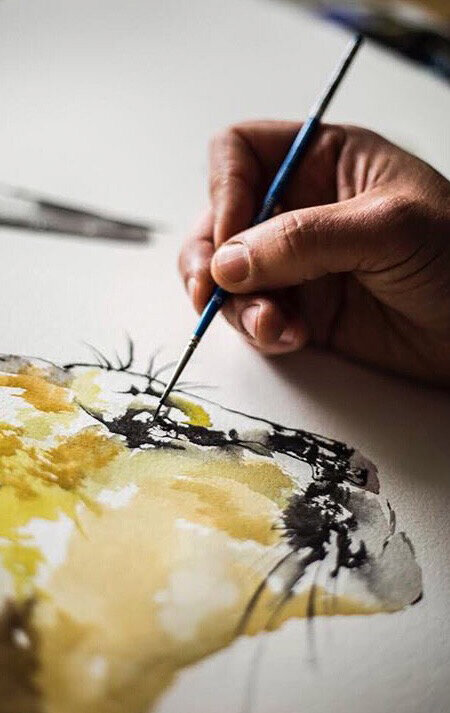
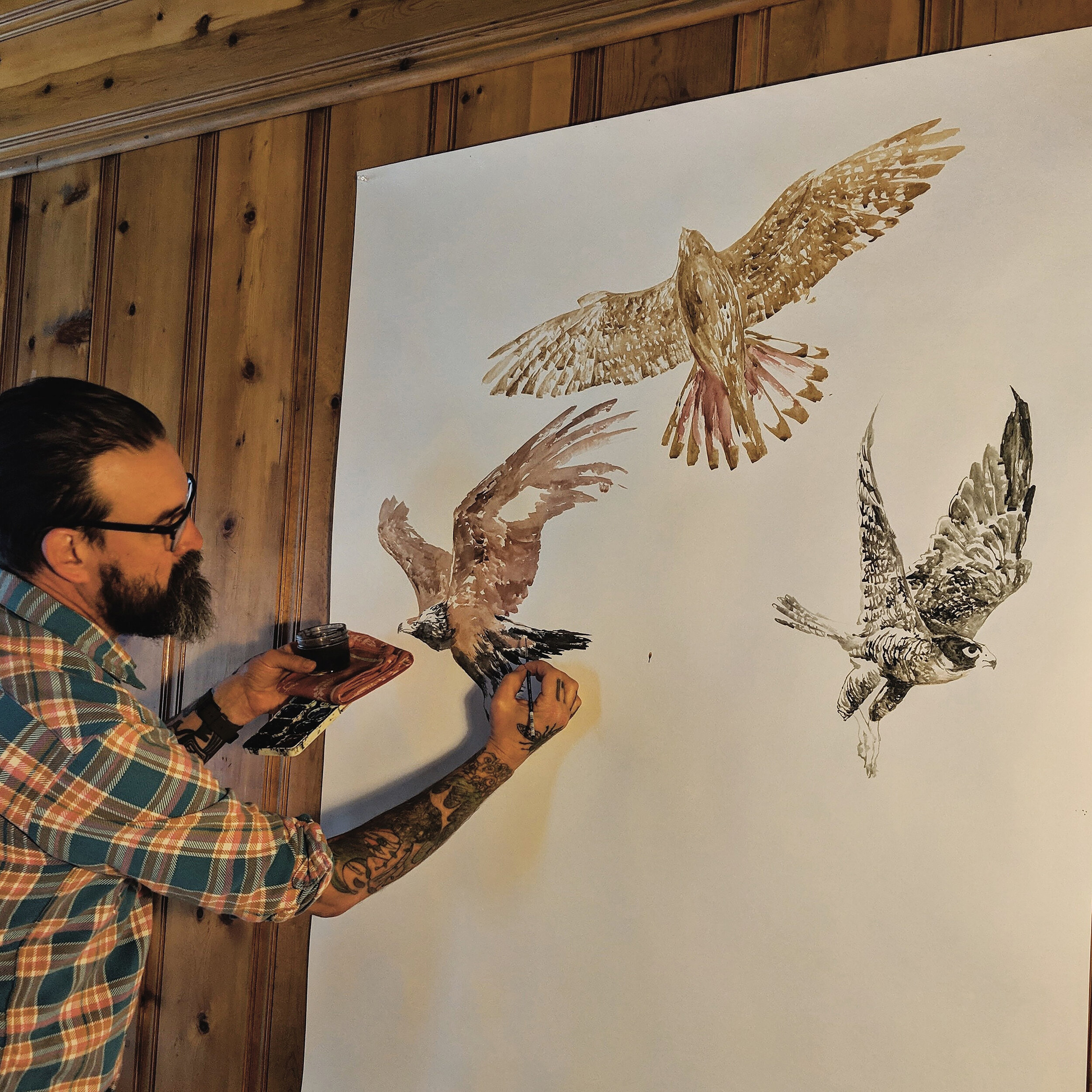
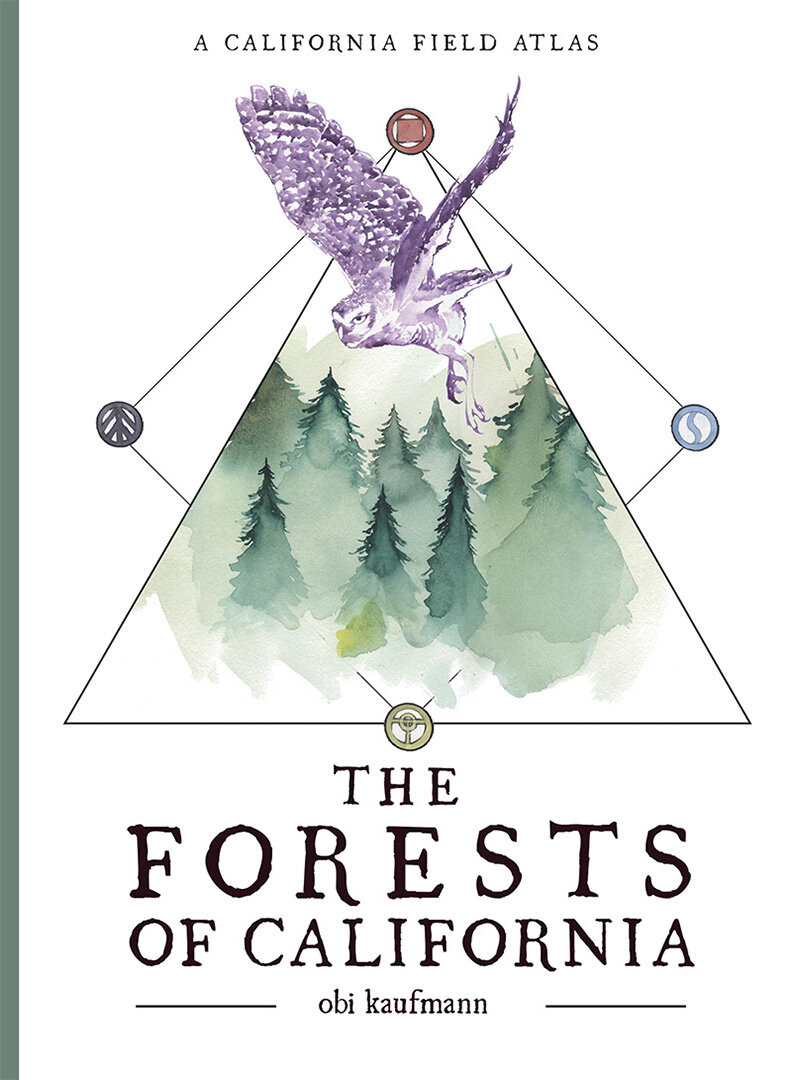
Since hitting the trail (literally, with boots and backpack on), sketching the wildlife and plants, rocks and rivers, mountains and valleys of California, Kaufmann has produced a remarkable collection of books illustrating this diversity. Each is a compelling reading of the land and a contemplation of the future, and each a rethink of the traditional field guide including watercolor maps, trail guides and wildlife renderings. In them Kaufmann has painted a picture of California’s extraordinary ecosystems and, more broadly, of a wondrous Earth, across millions of years. And he’s only halfway there. “I am somewhere in the deep, dark middle of ultimately six books,” he says. Three of these works—The California Field Atlas, The Forests of California, and The State of Water—are already on bookshelves. The fourth book, on California’s coasts, is poised to be the biggest yet. “They are sort of like Harry Potter books and get bigger as you go,” he says.
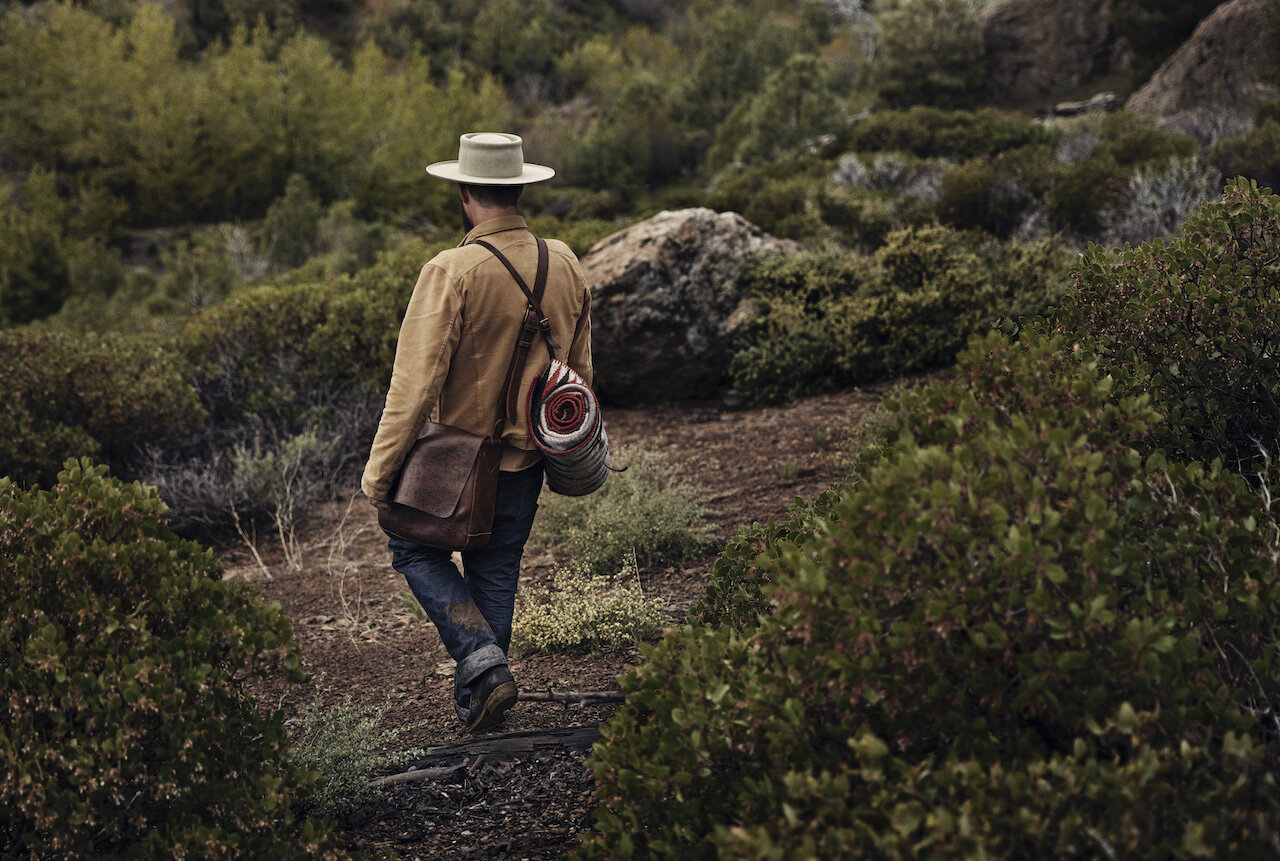
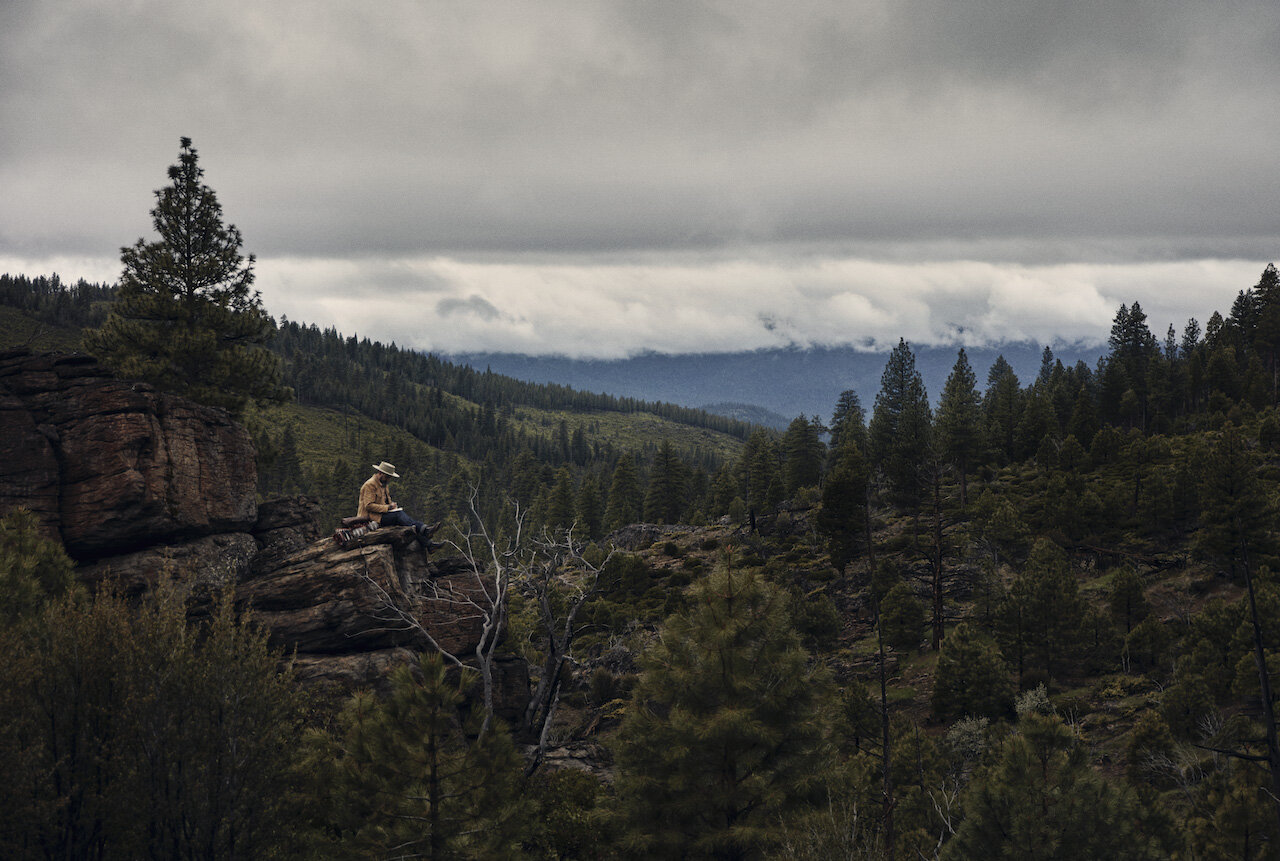

Not unlike California itself, which is as vast as Kaufmann’s understanding of it, which is frankly a little mind-boggling. His books, so vivid and rich, provide a kind of map, but one still gets utterly lost in the beauty of it all. We’re not talking just about the leaf and the tree here. More like the leaf and all its trees, all its species (way more than the average mind can grasp). “It’s not just about the sequoias or the redwoods,” as Kaufmann puts it. “It’s about where to hide in San Joaquin Valley or San Benito County. California is deep enough, rich enough, beautiful enough, that I could make 100 maps a day for the rest of my life and never tell the whole story.” coyoteandthunder.com
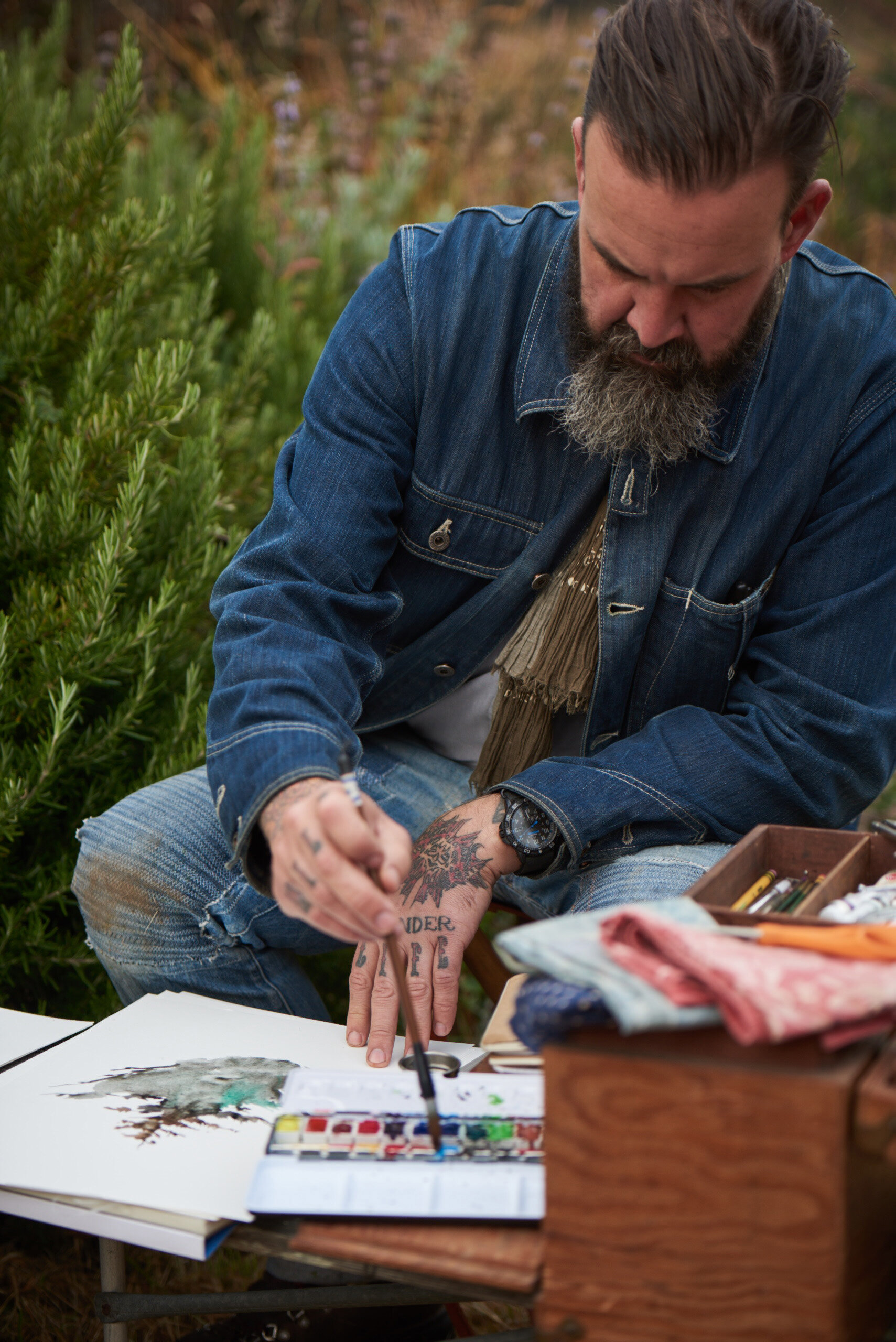

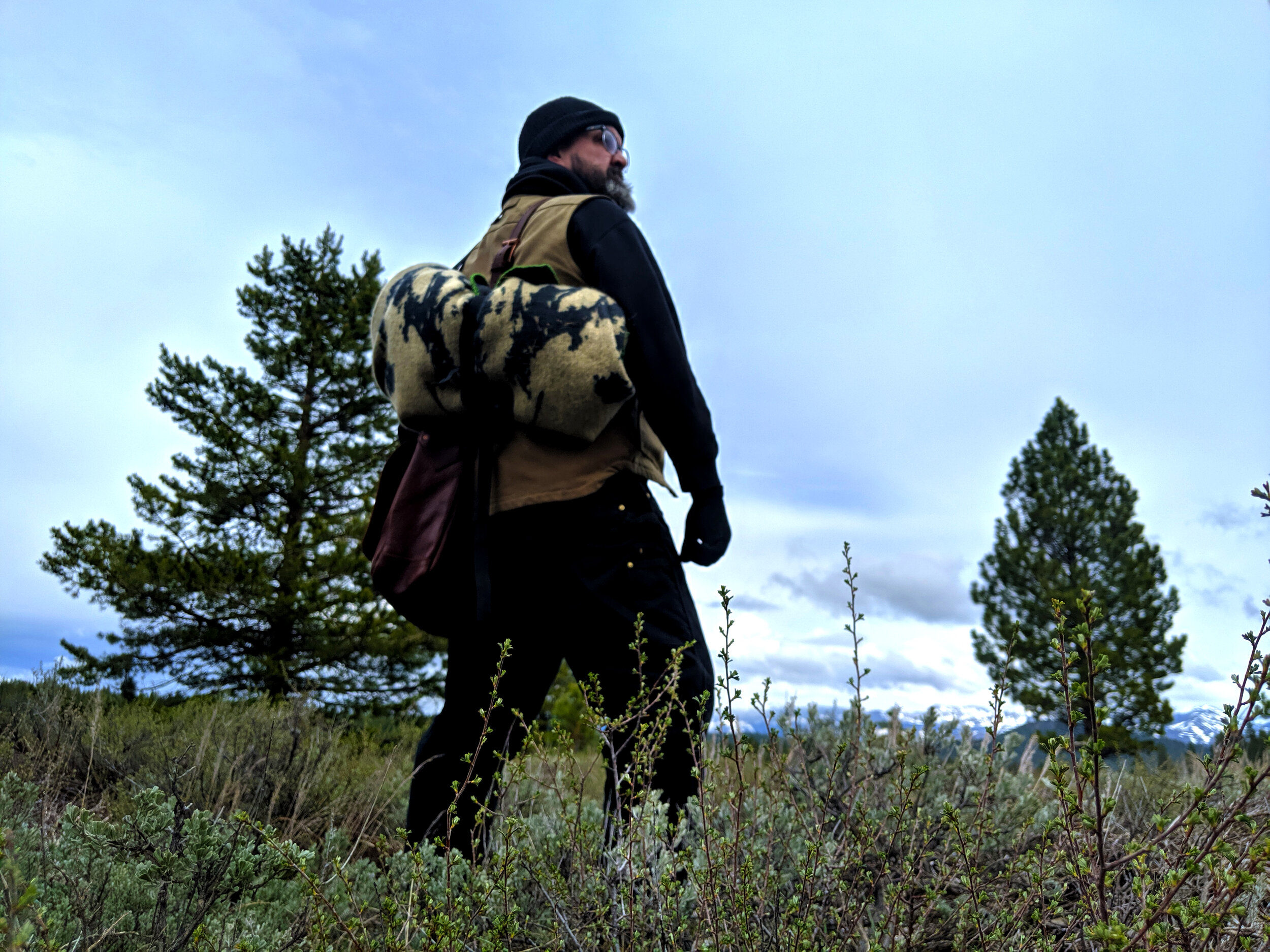
Photographs courtesy of Obi Kaufmann


